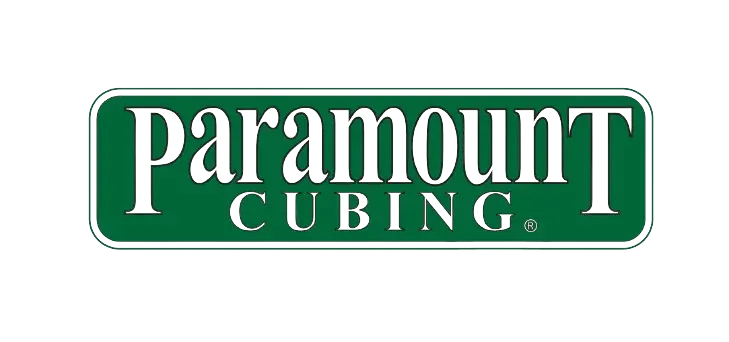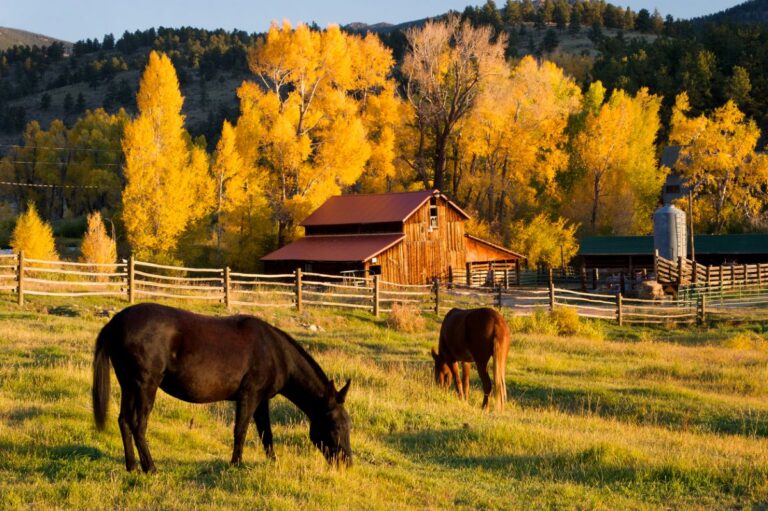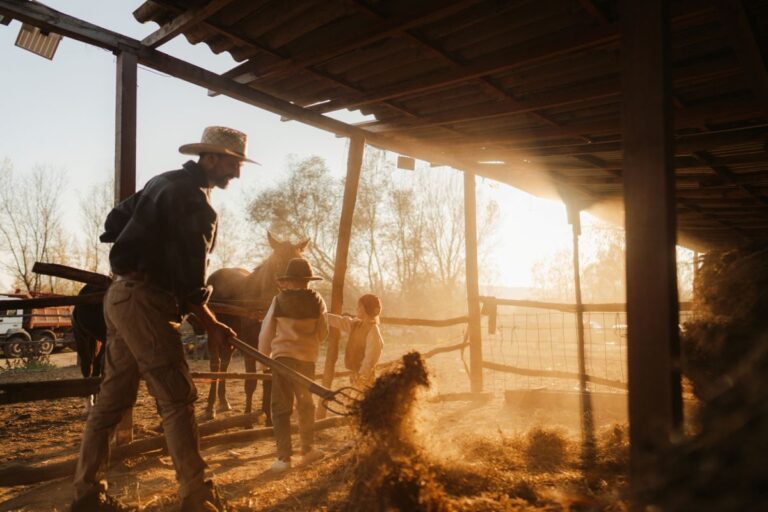When it comes to feeding your horses, forage is the foundation of a healthy diet. But with more options on the market than ever before, choosing between traditional 3-string hay bales and modern hay cubes can feel like a tough call. The truth? Both have their place—depending on your barn’s size, storage, and feeding goals.
Let’s break down the key differences so you can decide which option is right for your horses—or whether a mix of both is the best solution.
The Case for 3-String Bales
3-string bales are a staple in barns across the country—and for good reason. These large, rectangular bales are typically made with premium alfalfa or a blend of grasses and are easy to flake off and portion out.
Benefits of 3-string bales:
- Familiar feeding format: Great for barns with existing hay racks and routines
- Visual inspection: Easy to check for color, mold, or quality before feeding
- Flexibility: Can be split between multiple horses or used for custom rations
Considerations:
- More waste: Loose flakes often end up on the ground or in bedding
- Inconsistent flake size: Makes precise feeding a little harder
- Storage needs: Requires covered, dry storage space to prevent spoilage
If your barn already has hay storage infrastructure and you prefer a traditional approach to feeding, 3-string bales are a tried-and-true option.
The Case for Hay Cubes
Hay cubes are made by compressing chopped alfalfa (and sometimes grass) into dense, uniform cubes. Paramount Cubing’s hay cubes are a top choice for barns that want cleaner, more efficient feeding without compromising on nutrition.
Benefits of hay cubes:
- Less waste: No flakes on the ground, no mess in the barn
- Longer shelf life: When stored properly, cubes last longer than loose hay
- Compact storage: Save space with neat, stackable bags or bins
- Precise feeding: Every cube is consistent in size and nutrient content
- Dust-free option: Great for horses with respiratory sensitivities
Considerations:
- Transition time: Horses may need a short adjustment period when switching
- Water access: While cubes can be fed dry, many owners choose to soak them, especially for older horses or those prone to choke
Hay cubes are ideal for barns looking to streamline feeding, reduce hay loss, or improve storage efficiency—especially in areas where traditional bales are hard to source or keep dry.
Why Many Barns Use Both
You don’t have to choose just one. Many barns use 3-string bales for day-to-day feeding and add hay cubes for:
- Traveling or shows
- Horses with dental issues
- Feeding during pasture shortages
- Supplementing picky eaters or hard keepers
By combining the strengths of both options, you can give your horses variety while also optimizing your time, space, and budget.
Want to learn more or get wholesale cube pricing delivered to your barn? Visit ParamountCubing.com to get started.



